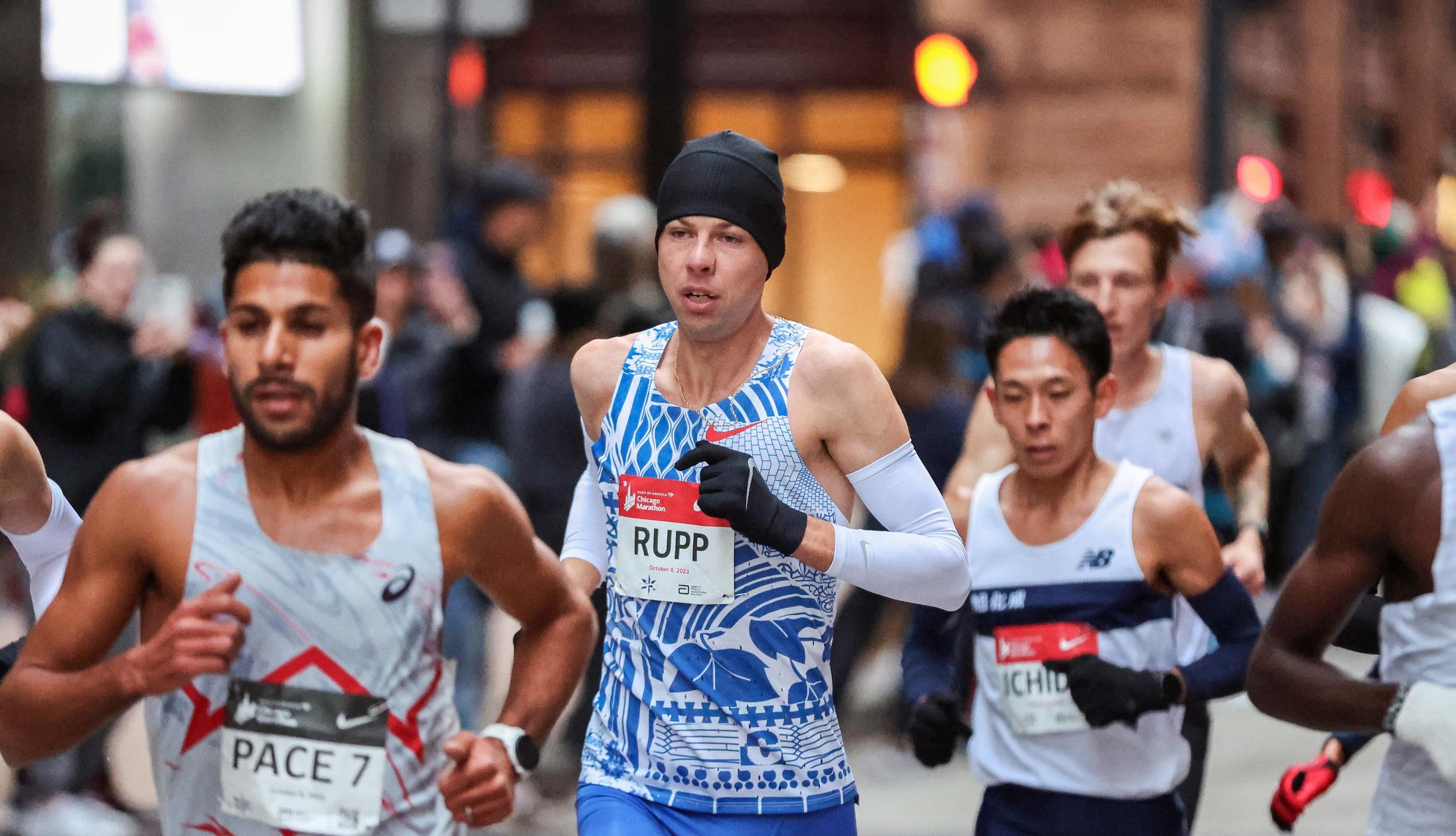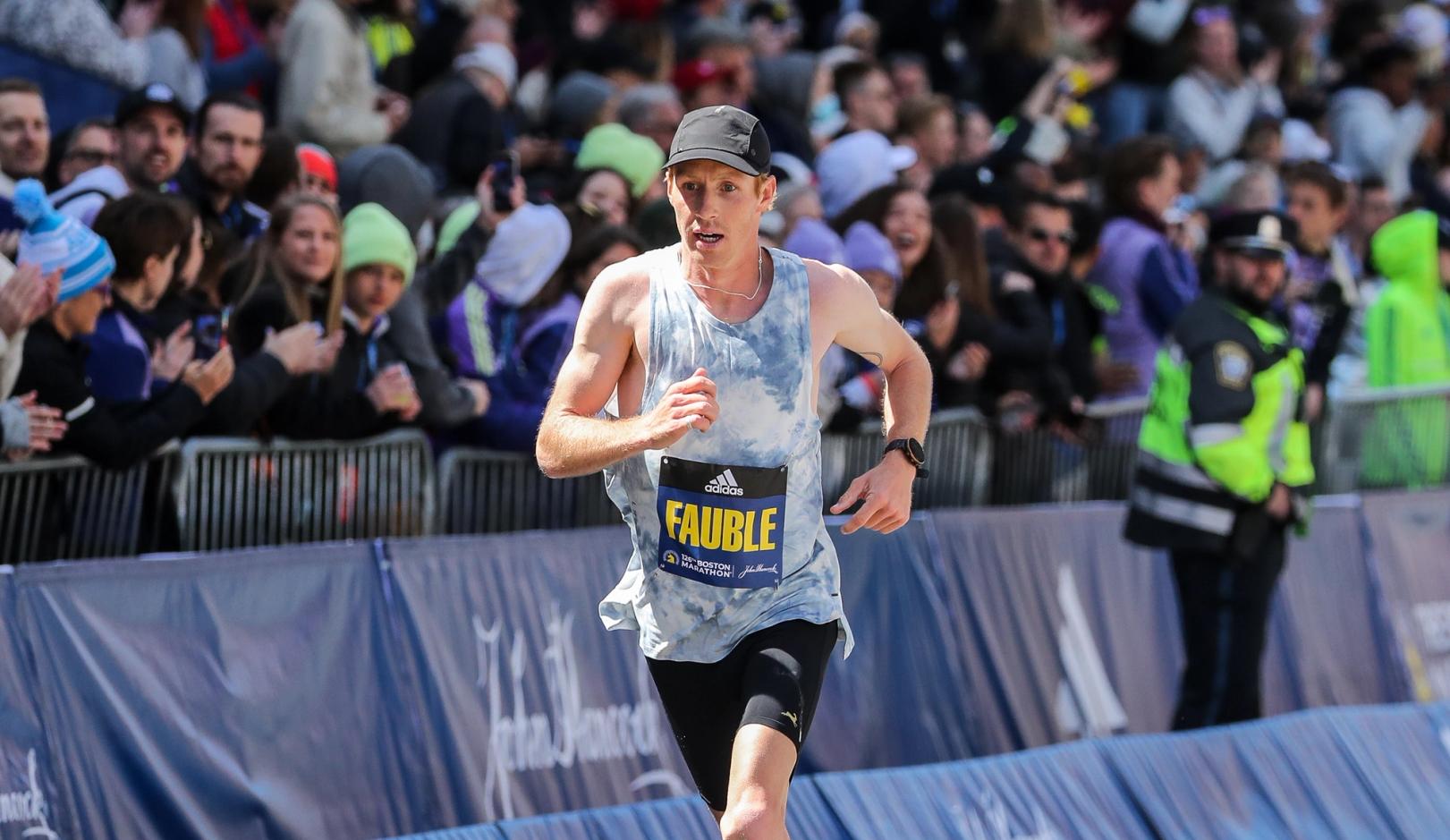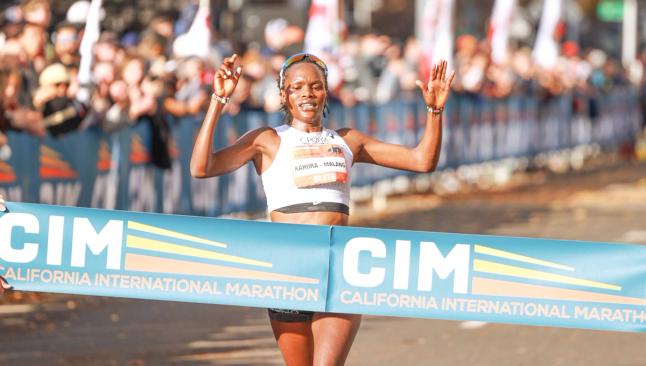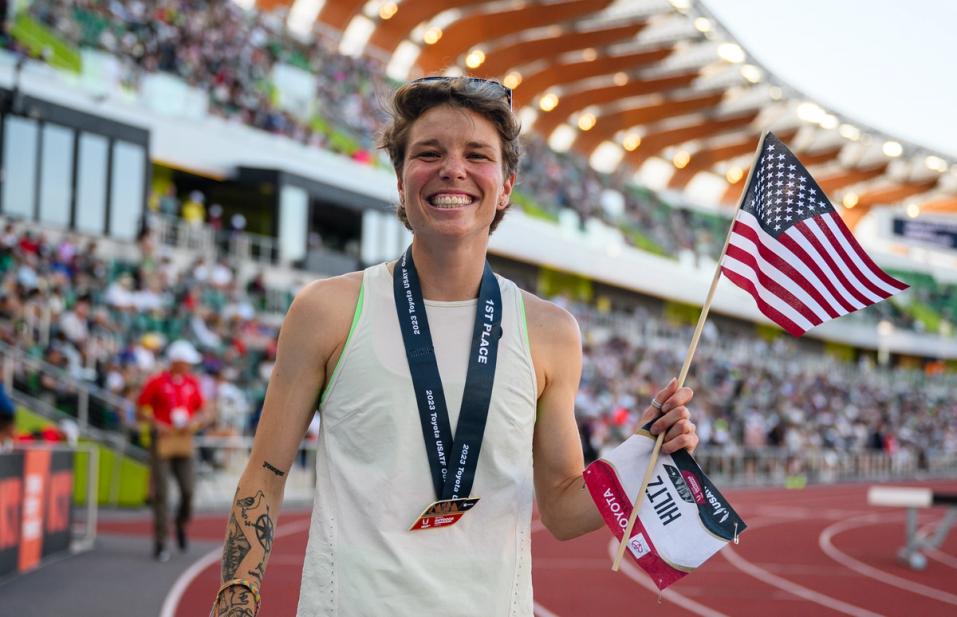By Kyle Merber
January 10, 2024
I hate to be A HUGE NERD, but allow me to direct your attention to a new set of USATF rules hosted by the fine folks over at Flipsnack. To spare you the trouble of locating your reading glasses, here’s the gist: in order to make the US Olympic marathon team it will now take the men a sub-2:11:30 and the reading comprehension skills of a second year law student.
There is an argument to be made that USATF should not be changing the rules of qualifying three weeks before the event, but the red line edits are in the athletes’ favor, at least.
I’d imagine I’ll spend a lot of time this month saying/typing out that the United States has currently unlocked only two of the three men’s slots, thanks to Conner Mantz and Clayton Young having dipped below the 2:08:10 Olympic standard.
When the initial rules were written, USATF likely did not consider this possibility. I don’t think anybody really did! Surely there would be at least three American men qualified via the standard or the requisite positioning in the Road to Paris rankings by January 30th. Yet here we are.
So to help ensure that the federation is sending a full team, USATF is opening up its window until the May 5th deadline for athletes to chase a top 80 ranking – this is a good thing.
Remember, spots can be reallocated to any athlete who has run under 2:11:30, with the right of first refusal awarded based on placement at the Trials. The dream scenario for USATF is that the first three athletes who cross the finish line are all obviously qualified in a nice digestible manner for the casual fans who are tuning in to watch for the first time in four years on television.
Since the American women are better than the men, that’s likely going to be the storybook outcome, barring some insanely tactical and heroic run by someone whose name you likely don’t know. But unless the race goes relatively fast on the men’s side, which will require some favorable weather, and probably somebody with a puncher’s chance electing to fall on the pacing sword then fans will likely sit on pins and needles until May 5th.
The big, specific change USATF has announced is that athletes can now chase their ranking. Imagine a world in which Galen Rupp finishes third… or do your best to imagine this! If after the race he still needs to improve his ranking, then he can go to London and run 2:05 and secure his spot.

Now let’s say that behind Rupp, Joel Reichow finishes third and doesn’t have the ranking. If Rupp still goes and runs 58 minutes, then ol’ Joel Reichow is Paris-bound!
Theoretically, other athletes could give an assist and unlock the spot for someone else who was top three at Trials. But here is the crazy part:
“Please note, finishers at the Selection Event will not be permitted to “chase” the time qualifying standard following the Selection Event if they have not already met the Qualified Athlete standards or have achieved at least 2:29:30 (women)/2:11:30(men) performance during the Qualification Period as of the conclusion of the Selection Event.”
What that means is if my college teammate Brendan Martin – qualified with a 2:16:02 mark – comes in third in 2:11:31… then goes to London and runs 2:00:34, he’s still not going.
Overall, this is an improvement to the selection procedure, though it could have gone one step further – the World Athletics goalposts are a bit wider than this. If the ideal scenario is that the top three finishers at the Trials end up on the team, then creating additional opportunities seems like the path of least resistance.
In summation, if you have not run under 2:11:30 then you better plan on doing it in Orlando. Can we get some on-course lasers to help the pacing? And some lawyers at the finish line to explain who is going to Paris?

Kyle Merber
After hanging up his spikes – but never his running shoes – Kyle pivoted to the media side of things, where he shares his enthusiasm, insights, and experiences with subscribers of The Lap Count newsletter, as well as viewers of CITIUS MAG live shows.




